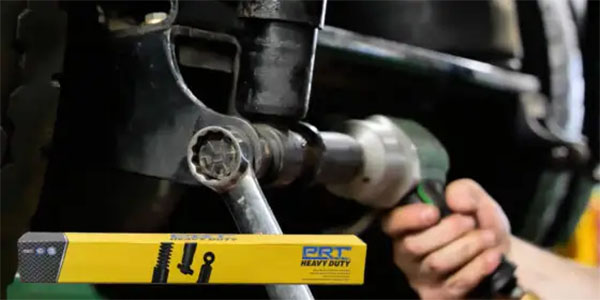I have an ASE G1 test question for you:
Technician A says that all spark plugs should be installed with a crush gasket.
Technician B says only some applications need crush gaskets and they are typically pre-installed on the new plug.
Which technician is correct? Technician B is correct.
There are two styles of spark plugs. A tapered seat spark plug has an angled shoulder that makes contact with the head and seals the plug using the tension on the threads of the spark plug’s shell. The other style of plug uses a crush gasket that looks like a washer that seals the flat part of the shoulders of the plug to the flat part around the spark plug hole.
The style and diameter of the spark plug will determine the installation procedure and amount of torque. It is always a good idea to install the plugs by hand until the spark plug is finger tight. This way you avoid cross threading the plug in the head, and you can feel when the tapered shoulder or crush gasket has made contact.
After that, use your toque wrench to finish the job. Look up the torque specification for the engine. There could be different specifications depending on the design of the spark plug and head. The crush washer does not need to be replaced if a spark plug is pulled for inspection. If the plug is difficult to remove and the crush washer is deformed, it is a sign a previous technician or the vehicle’s owner over tightened the spark plugs. Before you install new plugs, the spark plug wells or tubes should be free of oil, water and debris. If this type of debris is present where the crush gasket and tapered shoulders make contact, it can change the torque values.
This video is sponsored by Autolite.













